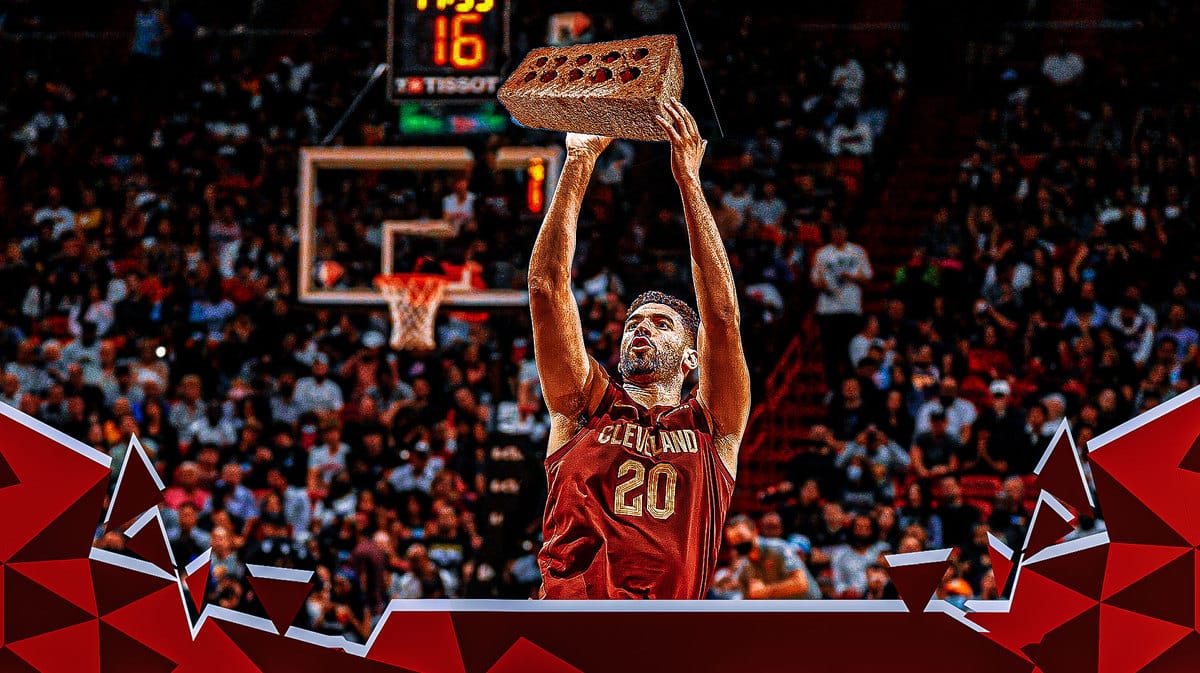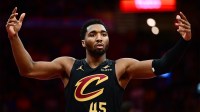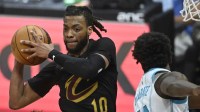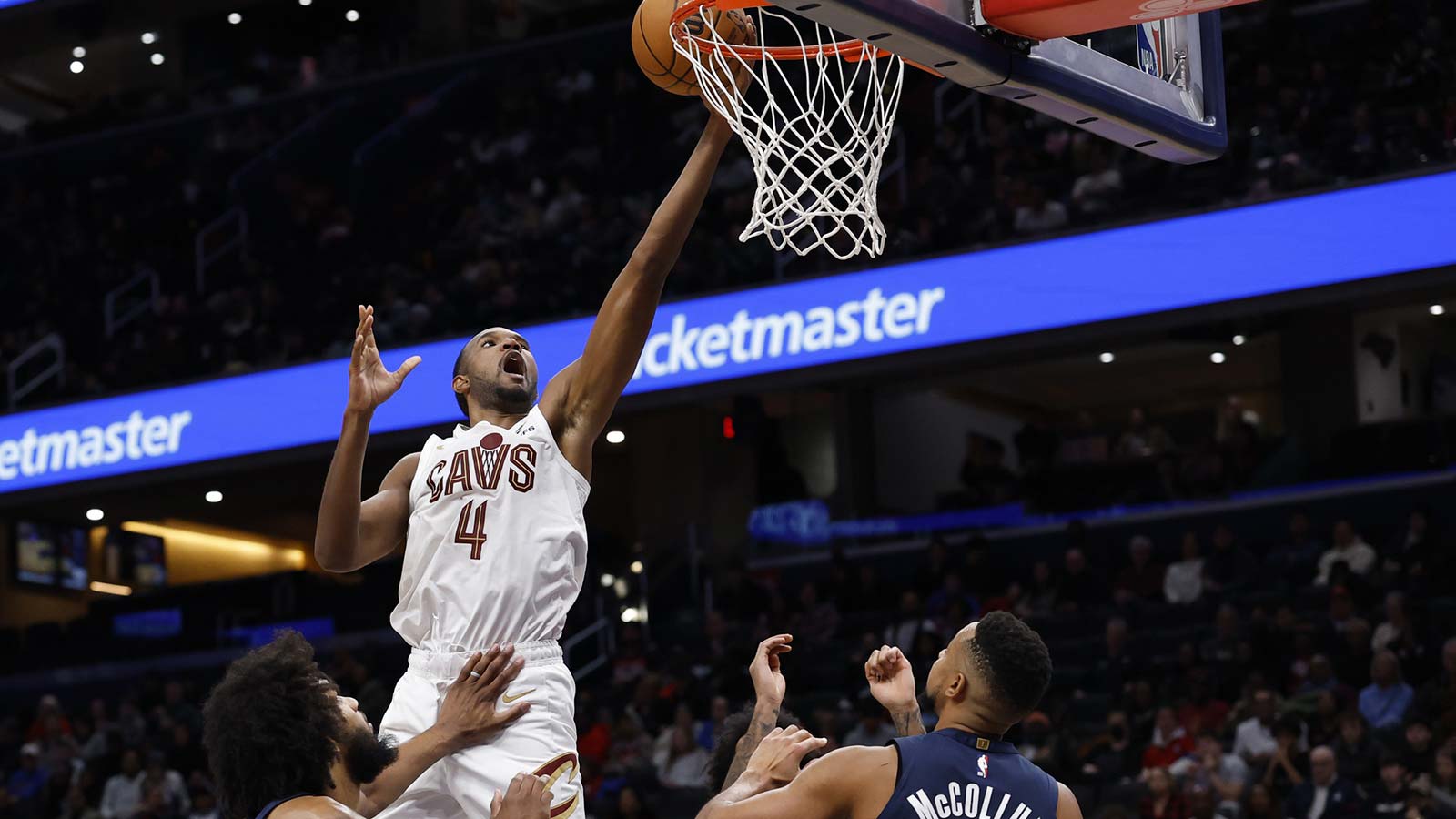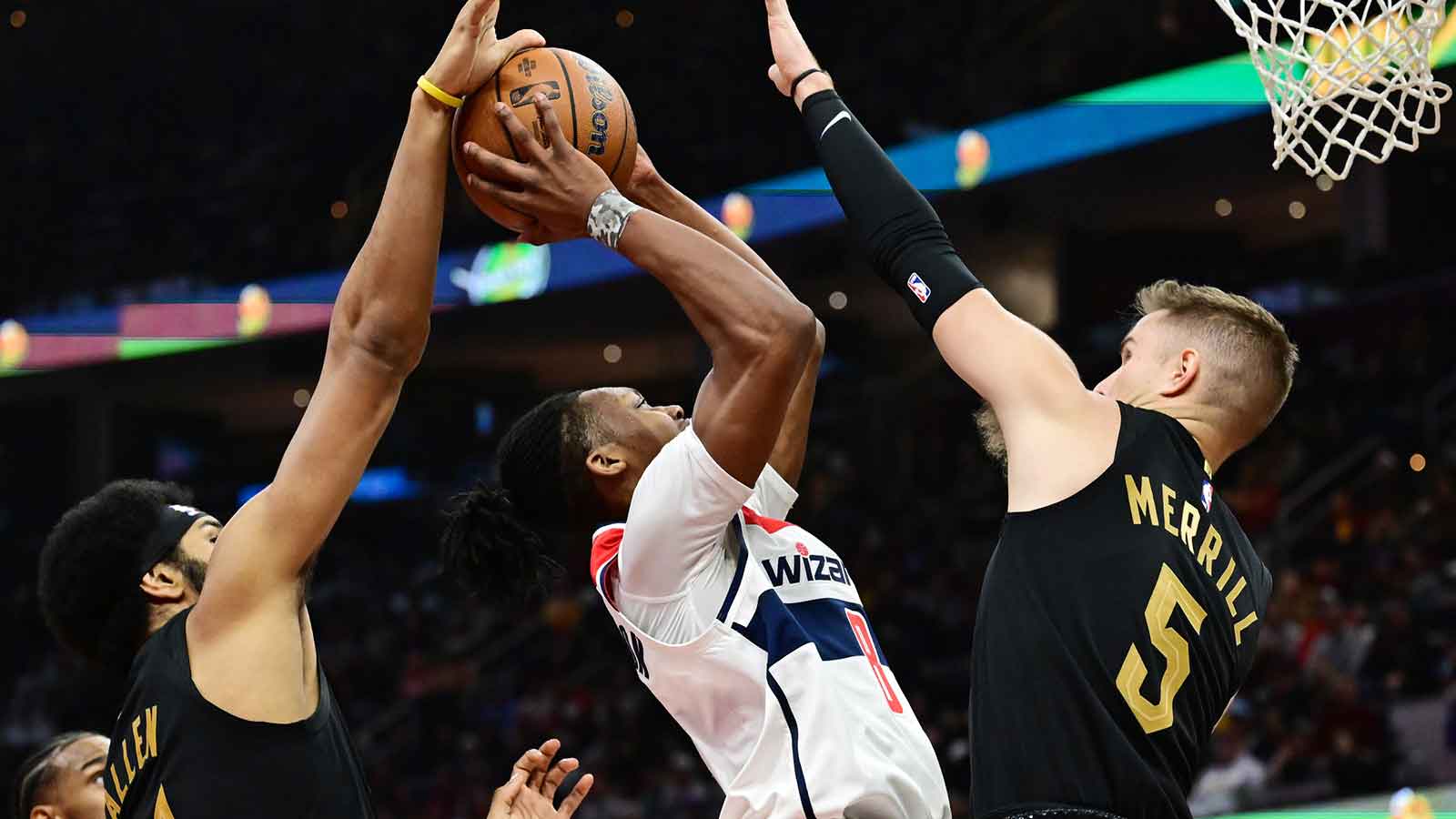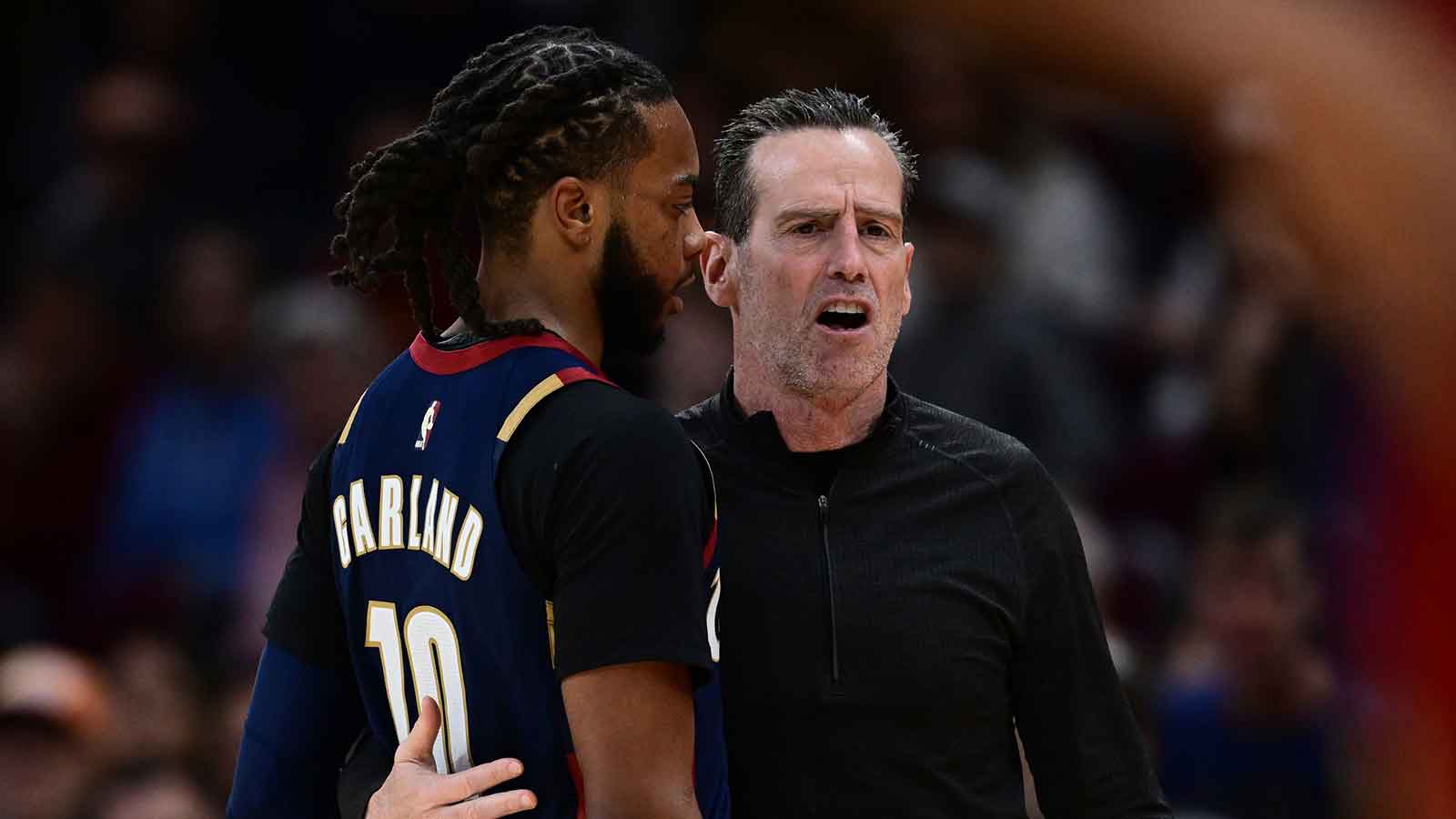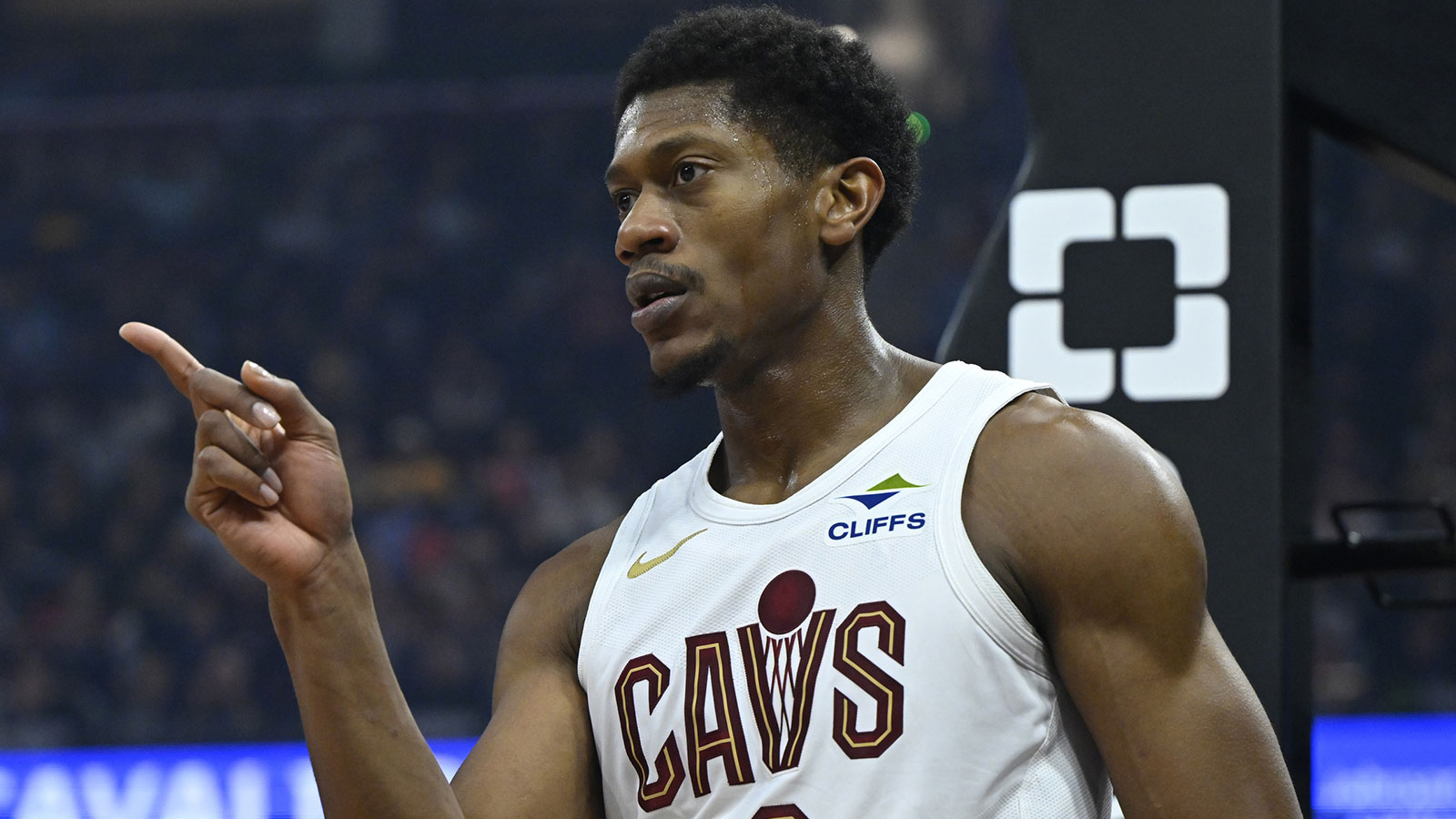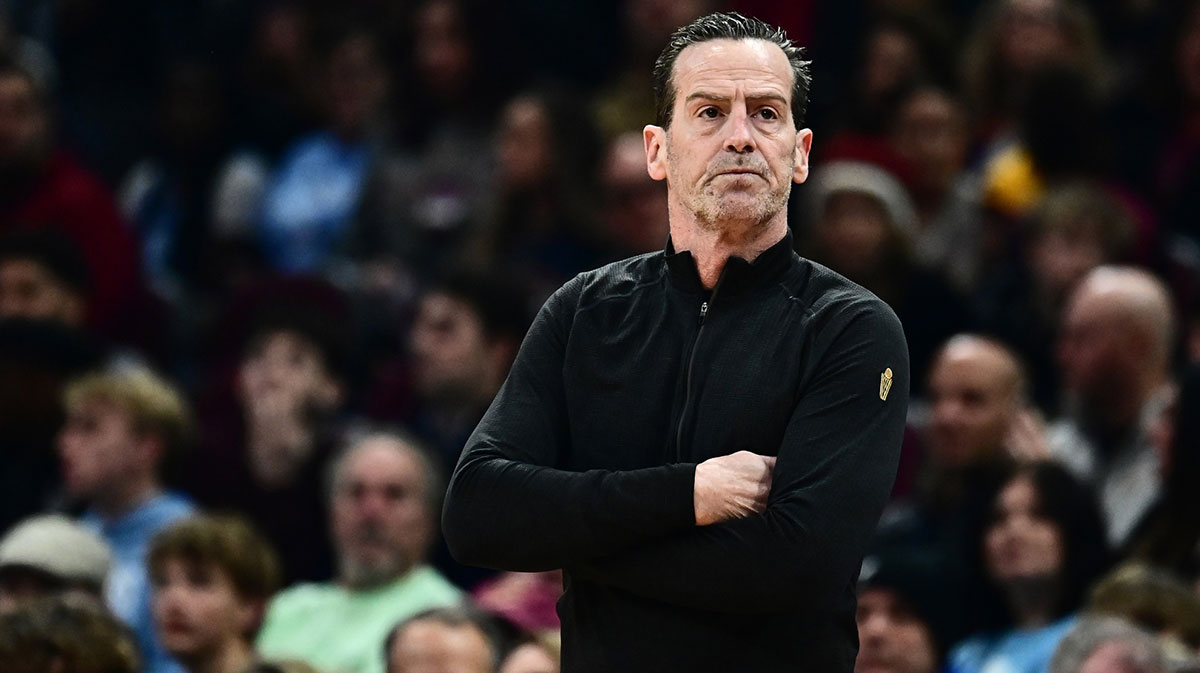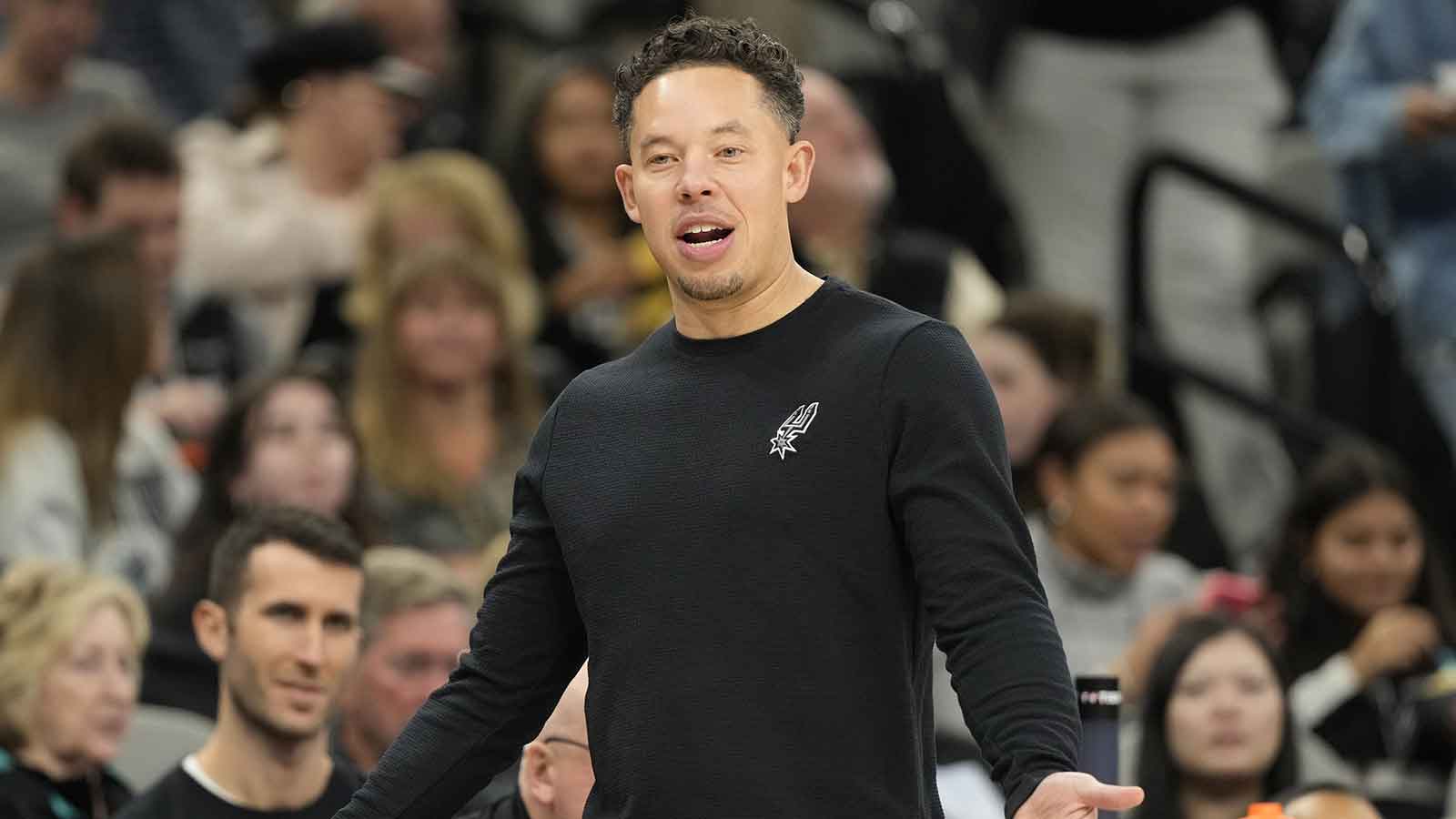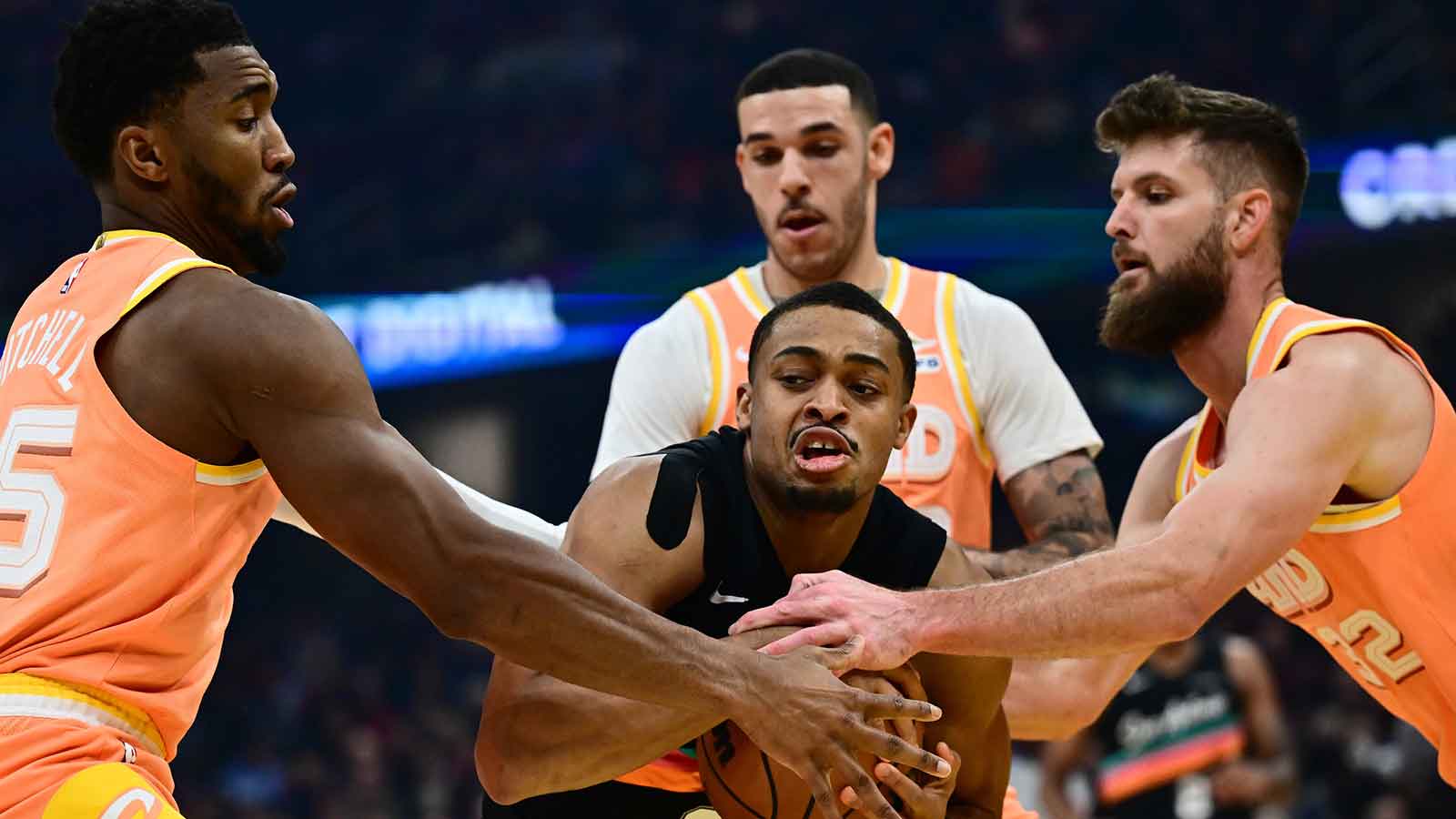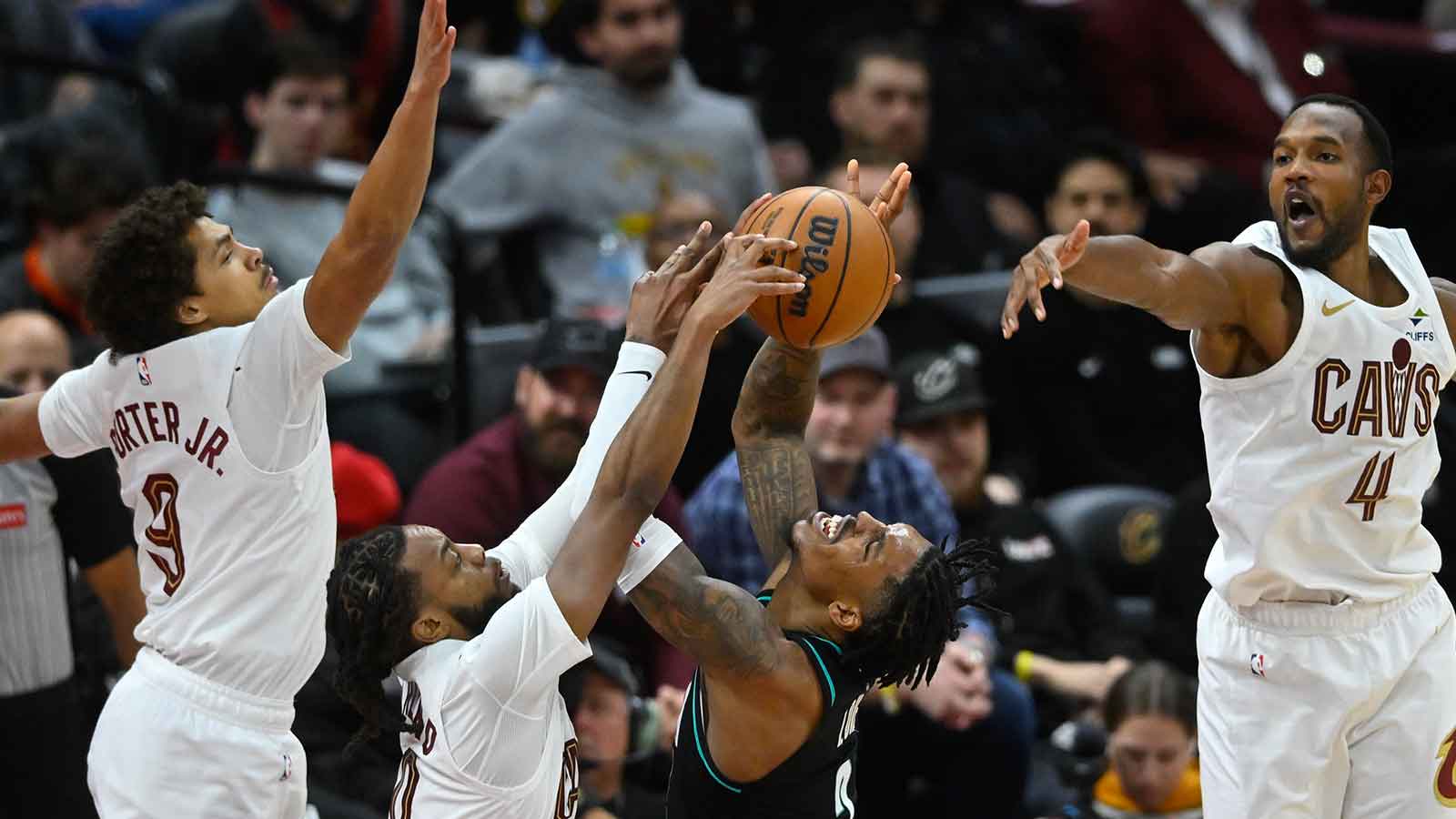During the offseason, the Cleveland Cavaliers made it a priority to upgrade their offensive attack from 3-point range. It started when they drafted rookie forward Emoni Bates in the 2023 NBA Draft. It continued when they re-signed Caris LeVert. The icing on the cake came when they signed Max Strus, the best shooting forward on the market. Finally, the cherry on top came when Cleveland signed sweet-shooting forward Georges Niang.
Bates, LeVert and Strus all address Cleveland’s most significant need at small forward, doubly so with the 3-point threat they present. But, with Niang, he gives the Cavs even more 3-point shooting. More importantly, Niang gives the Cavs a serious three-point threat at power forward and allows Cleveland some creativity alongside Jarrett Allen or Evan Mobley, their two stars, albeit non-spacing big men.
During the preseason, it seemed like the hunch about Niang was right. He connected on a staggering 47.5 percent of his nearly five 3-point attempts per game and provided the Cavs with spacing and rebounding they haven’t had since Kevin Love wore the Wine and Gold. Considering how new the environment was for Niang, he felt like such a seamless fit for Cleveland. Sure, it was only the preseason, but having a role player in rhythm on offense, complimenting the stars, was huge for when the games started to count.
Georges Niang struggling with Cavs amid rough 2023-24 start
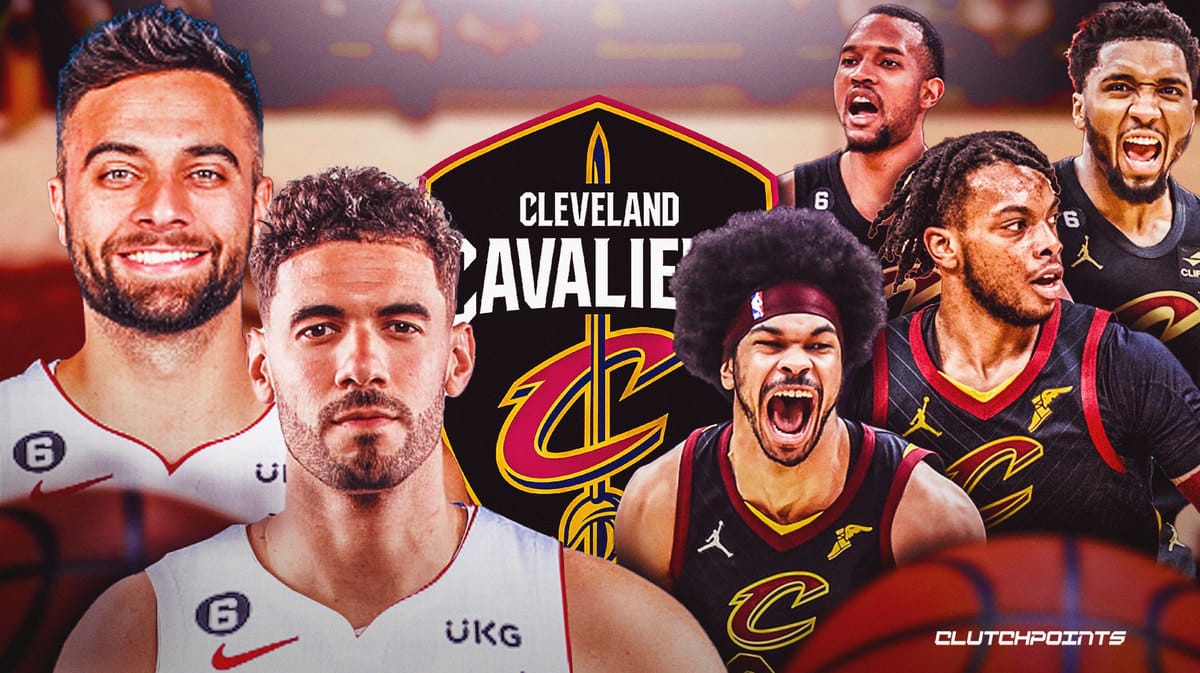
Unfortunately, three games into the regular season and Georges Niang's 3-point marksmanship has completely abandoned him. In 51 minutes played, Niang has attempted 11 triples and has only connected on one. Even worse, Niang has only connected on four of his 19 total field goal attempts. Granted, Niang has made an impact crashing the glass, averaging 3.0 rebounds per game. But if Niang isn't giving you any offensive production, especially from the perimeter, the Cavs cannot justify giving him consistent minutes going forward.
That's because Niang, at his core, is a one-way player. That moniker more or less means that even though he can alter the course of a game with his marksmanship, he's not the greatest defender on the other side of the court. That's why the pairing on paper between Niang and either Mobley or Allen works so well. If Niang gets blown past on defense, either Cleveland big man can rotate and protect the rim. For the Cavs, asking either Mobley or Allen to do more on defense is a sacrifice worth making. Niang's spacing is invaluable and can give Cleveland an offensive dynamic they've lacked since 2017.
But if Niang's shot isn't falling like it hasn't been lately, then the Cavs must look elsewhere in their rotation. Thankfully in a game against the Indiana Pacers, where Cleveland was shorthanded, Niang's game showed signs of life with the extra minutes available. Niang finished the game against the Pacers with seven points on 30 percent shooting and three rebounds in 10 minutes of action. Perhaps it's the shot in the arm that Niang needed to start building consistency again. But, until he shows it for a multi-game stretch, Niang should be on a bit of a shorter leash until things start to click.
Thankfully for Niang's sake, shooters always bounce back and things should be back to the norm sooner rather than later. It's a rough patch to start the season and, since winning matters more than anything, the Cavs should be cautious every night with Niang's offensive production.

